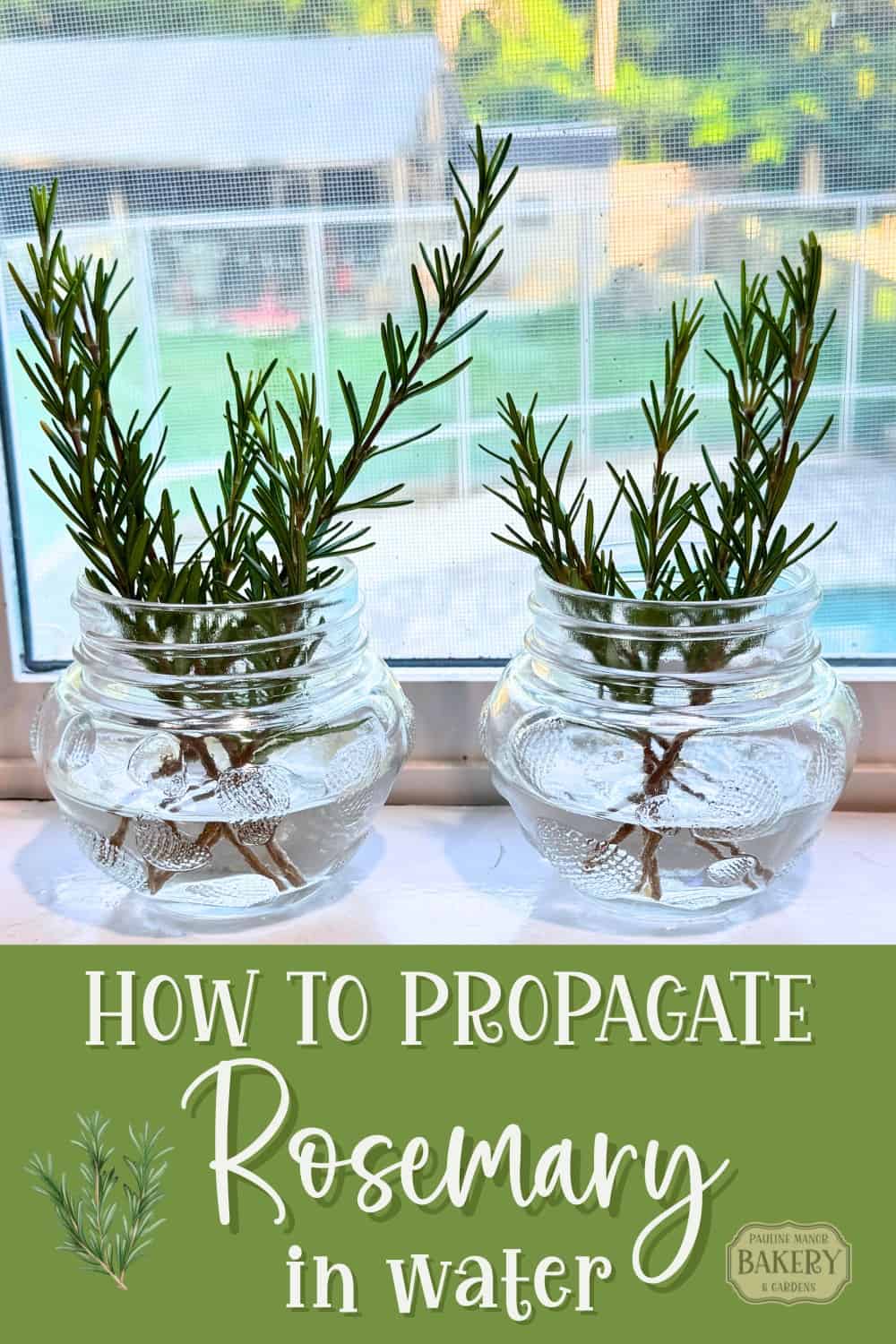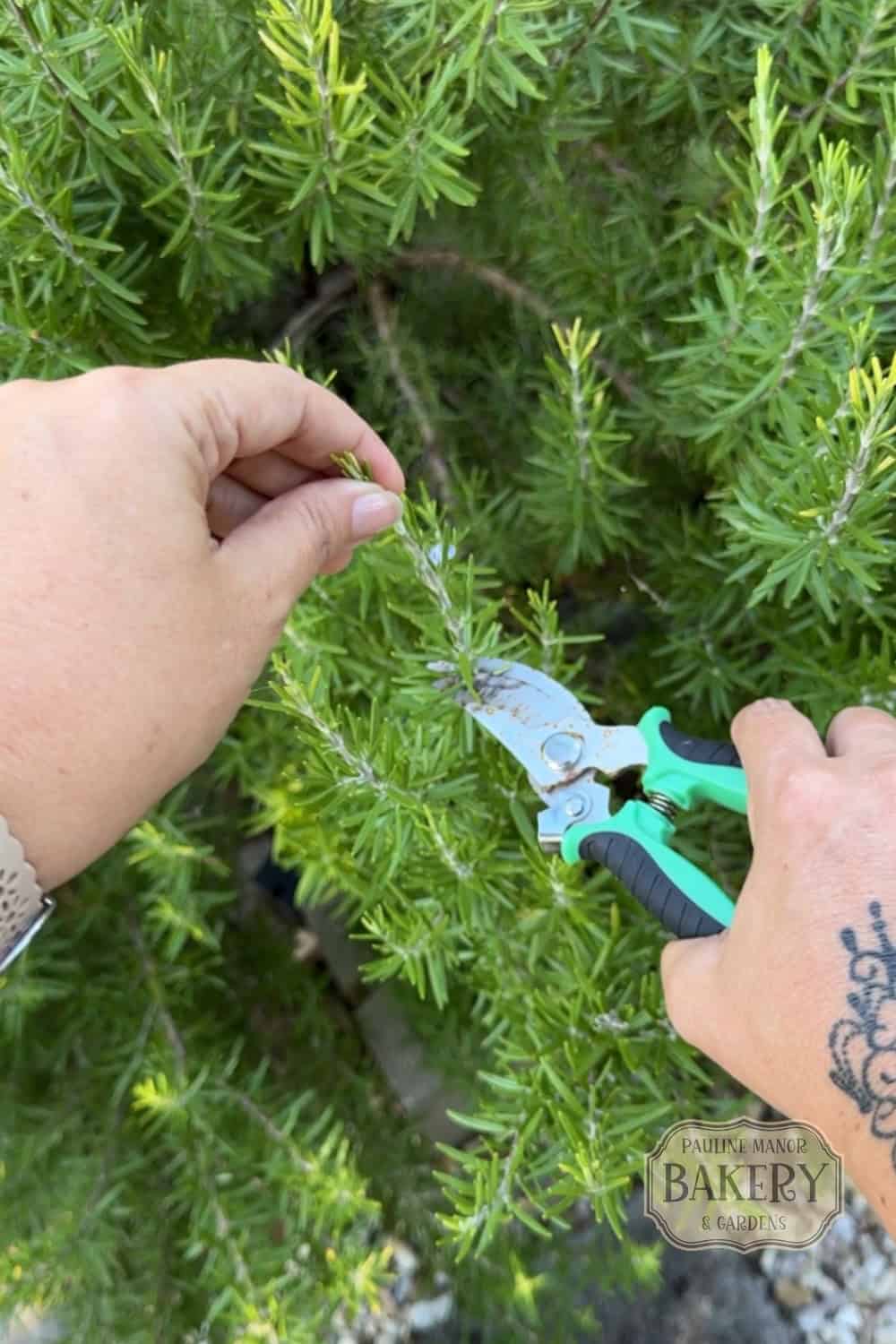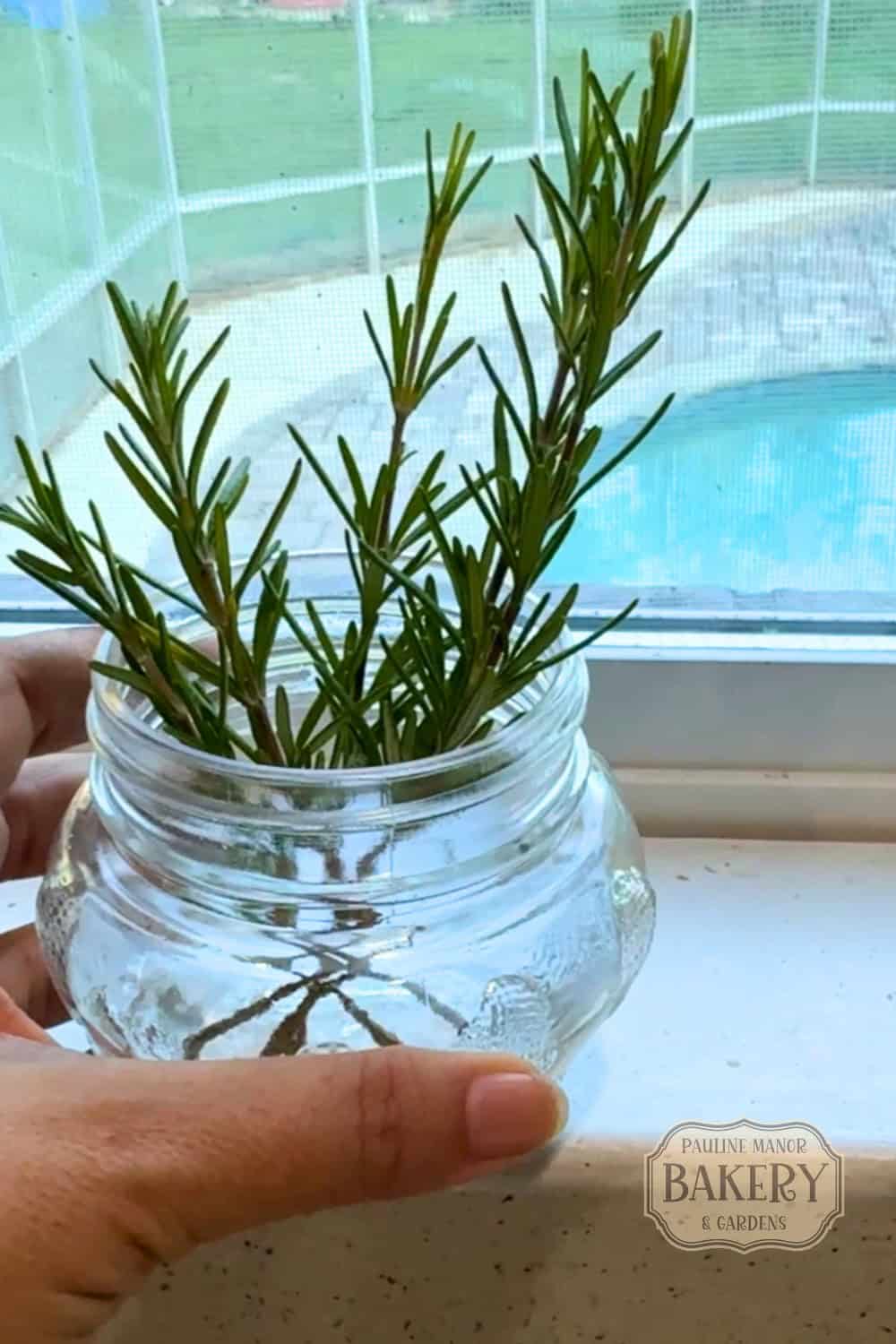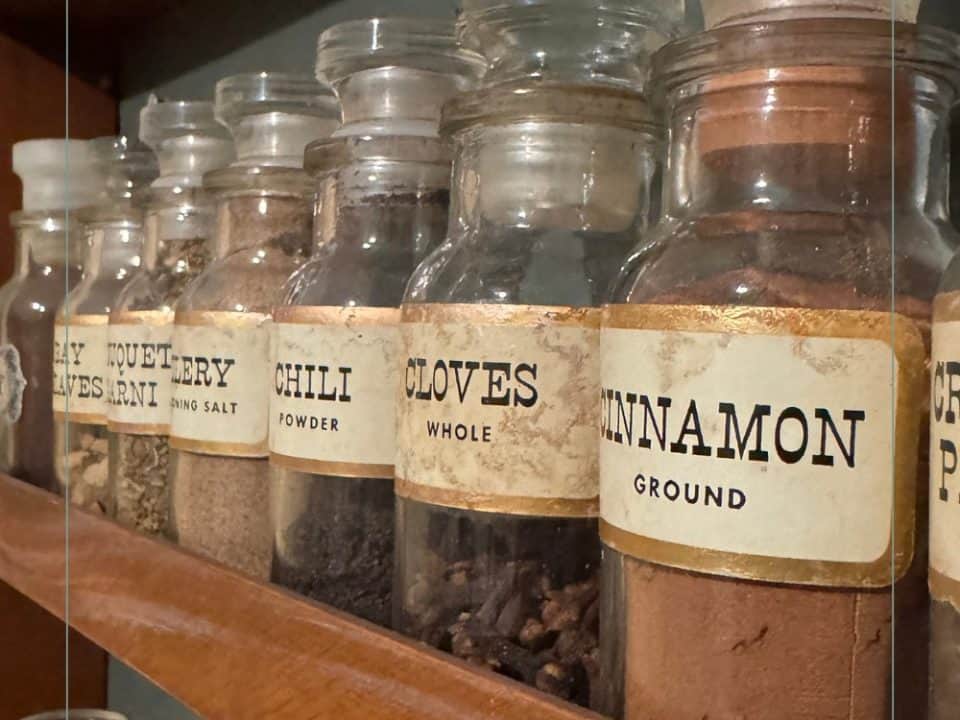How to Propagate Rosemary in Water
If you already have a healthy rosemary plant, you can turn a single cutting into an entirely new plant with nothing more than a glass of water and a sunny spot. Propagating rosemary in water is simple, inexpensive, and a great way to grow a steady supply of this fragrant herb. Follow these steps, and you will have new plants ready to pot up in just a few weeks.

Why Choose the Water Method
Rooting cuttings in water lets you watch the process unfold right in front of you. It is fun to see tiny roots appear, and it also helps you track progress so you know exactly when the cutting is ready to plant. Water propagation is ideal if you want to photograph or share each stage because you can clearly see the growth through the glass.
Gather What You Need
You only need a few basics to get started. Grab a pair of clean scissors or garden snips, a clear glass or jar, and fresh water. Choose a spot with bright indirect light, like a sunny windowsill that does not get too hot in the afternoon.
Take the Perfect Cutting
Select a healthy green stem from your rosemary plant that is about four to six inches long. Avoid woody stems since they take longer to root. Make a clean cut just below a leaf node, which is the small bump where the leaves attach to the stem. Taking a few cuttings gives you a better chance of success and a fuller future plant.

Prepare the Stem
Strip the leaves from the bottom two inches of the cutting so no greenery sits in the water. This is where roots will form. Give the cut end a fresh trim to open the stem for water absorption. You can skip the rooting hormone for this method since rosemary often roots well in plain water.
Set Up the Jar
Fill a glass or small jar with enough room temperature water to cover the stripped section of the stems but not the leaves. Place the cuttings in the glass so the bare ends are fully submerged. Make sure no leaves are underwater since they can rot and cloud the jar.
Find the Right Spot
Place the jar on a windowsill or countertop with bright but indirect sunlight. Rosemary likes warmth and light, but direct hot sun can overheat the water. A kitchen windowsill is often perfect. If the spot is drafty, move it somewhere a bit more stable so the temperature stays even.

Keep the Water Fresh
Change the water every few days to prevent bacterial growth and keep the cuttings healthy. Rinse the glass if you notice any cloudiness and refill with fresh water. Keeping the water clean is the key to strong, healthy roots.
Watch for Roots
Within two to four weeks, you will start to see tiny white roots forming at the base of each cutting. Let them grow until they are at least an inch long before moving to soil. If you notice any slimy stems or leaves, trim away the bad parts and refresh the water.
Plant Your New Rosemary
Once the roots reach about an inch, your cuttings are ready for a more permanent home. Prepare a pot with well-draining soil and make a small hole for each rooted stem. Gently place the rooted end in the soil, cover it, and water lightly. Keep the soil moist for the first couple of weeks while the plant adjusts.
Care After Transplanting
Newly potted rosemary prefers bright light and moderate watering. Let the soil dry slightly between waterings once the plant shows new growth. Trim the tips every so often to encourage a bushier shape and use the trimmings in your cooking.
Enjoy an Endless Supply
The best part of water propagation is that you can repeat it whenever you need more plants. As your rosemary grows, take new cuttings and start the process again. You will have an endless supply for your kitchen and plenty to share with friends or give as gifts.
Growing rosemary in water is an easy way to expand your herb garden without spending money or needing fancy equipment. With a single jar of water, a sunny window, and a little patience, you can turn one sprig into a thriving new plant that keeps your kitchen stocked with fresh, fragrant rosemary all year long.



